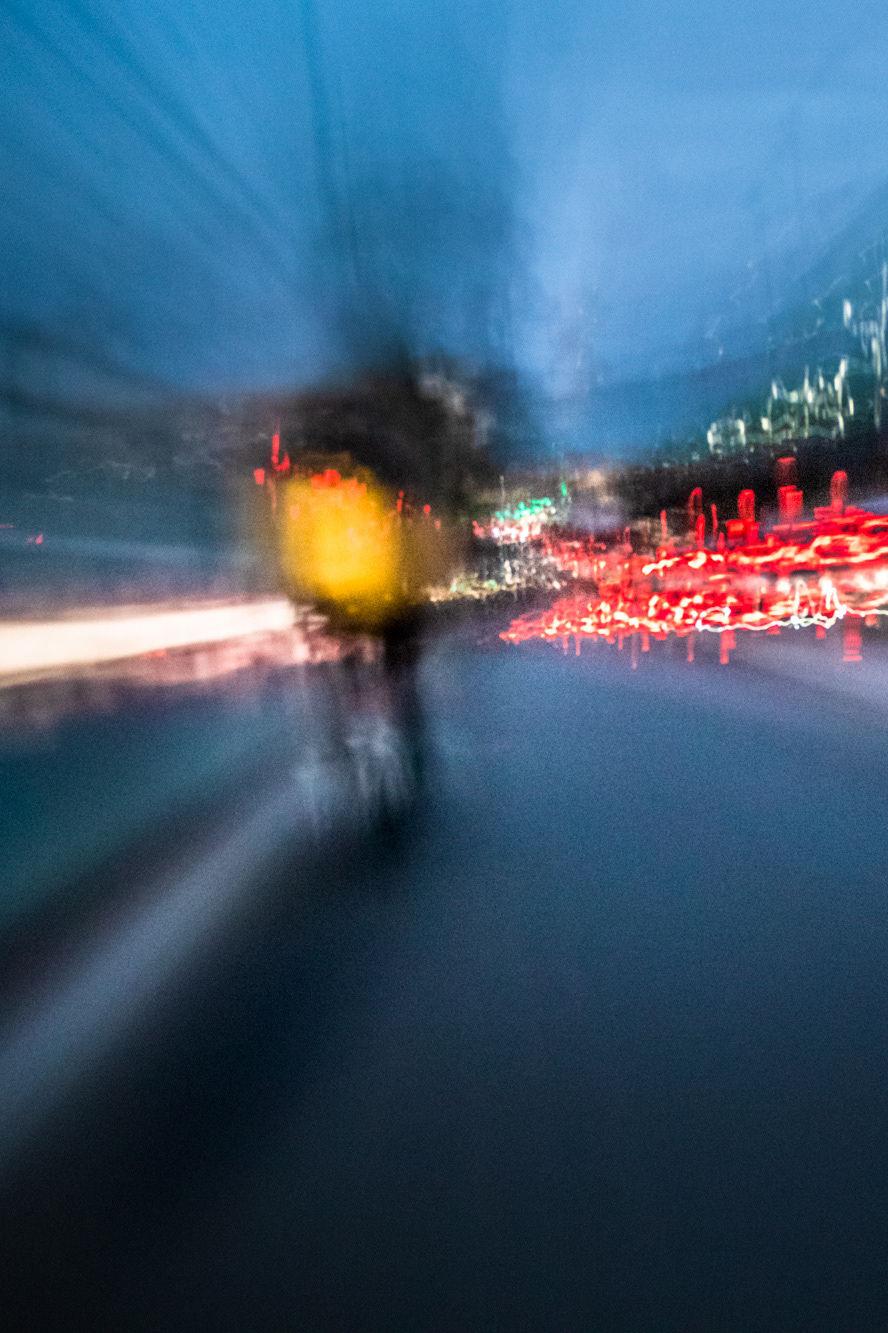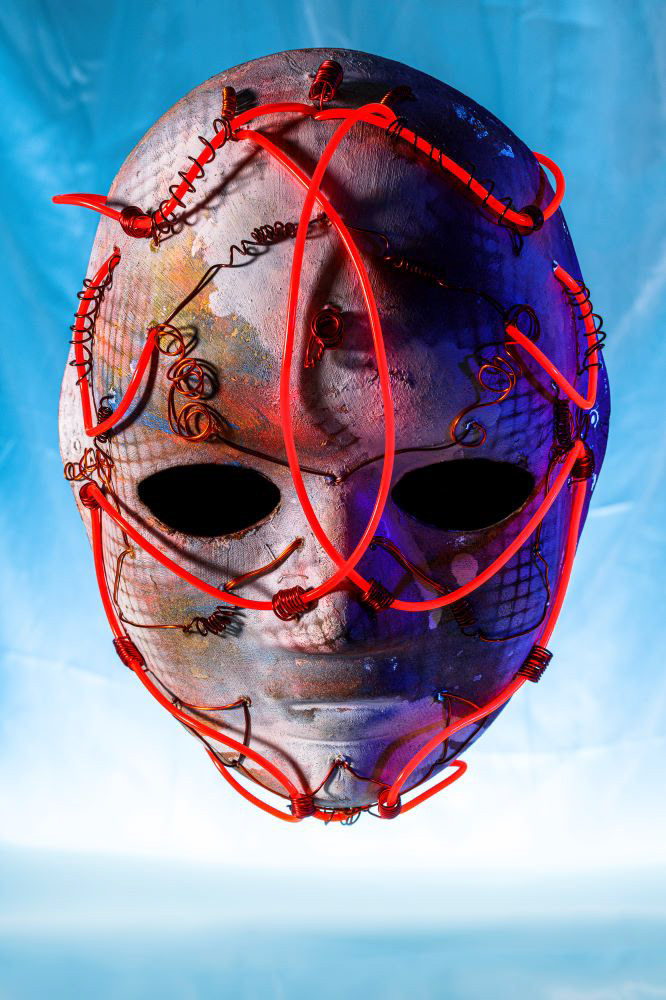Two exposures for the left side, two for the right, one for the horizontal light trail. The timing of the traffic lights determined how this scene should be shot to capture light trails.
You have three options:
1 - A single long-exposure; but you are limited to shutter speed and exposure limits. You also run the risk of losing highlight details in light trails, and overexposing static light sources.
2 - In camera multi-exposure; Hard to master because each additional exposure requires an adjustment to exposure time, so as to not wipe out the overall exposure.
3 - Image stacking; Well executed single exposures, giving you time capturing enough interesting light in each frame, especially useful for head and tail lights as you can never seem to get that perfect moment in a single shot! Stacked into a single blend prost process.
These are all exaples from option-3. Multiple single frames stacked and layer blended in photoshop.
Smile! Four images stacked from a selection of approx. 20. Even with the control of using single images, the brightest point sources of light were blown out.
This boat (and its light trails) took a couple of minutes to make this looped journey, not something you can capture with the average DSLR, even in bulb mode, you would probably end up overexpsing the ambient light and lights in the buildings. This is a composite of 7 long exposure images.
A 4 frame long exposure composite stitched like a panorama (hence the bending effect in the ironworks) with two frames contributing to the light trails.




